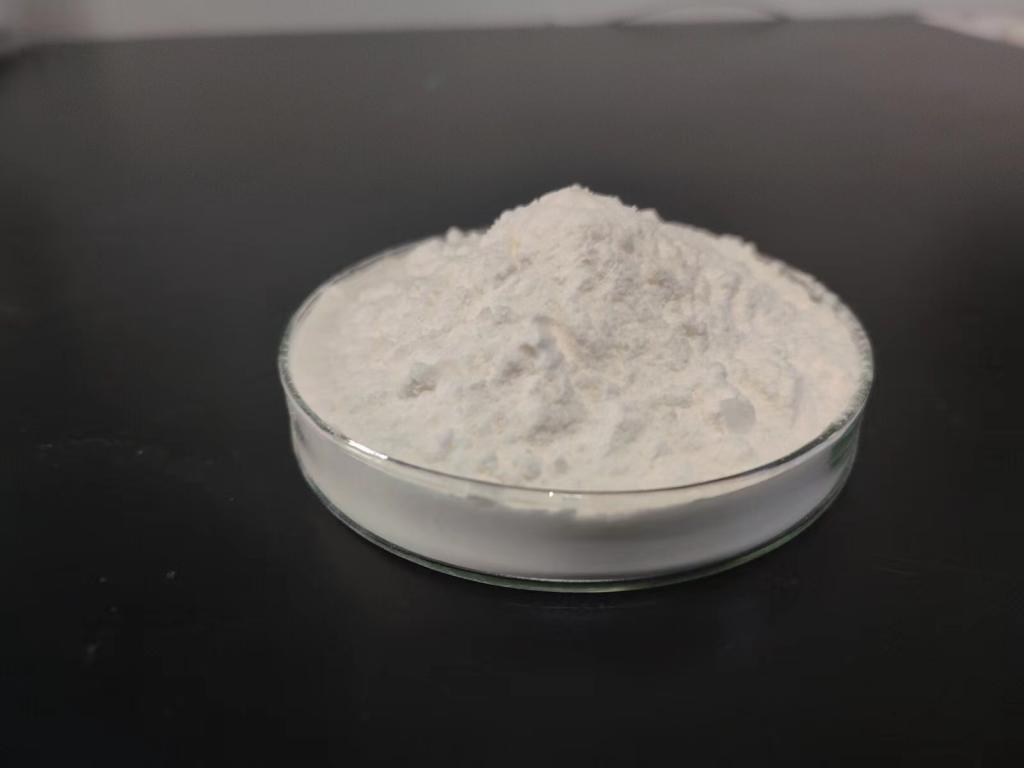Tel:+8618231198596

News
 CONTACT
CONTACT
 CONTACT
CONTACT
- Linkman:Linda Yao
- Tel: +8618231198596
- Email:linda.yao@dcpharma.cn
- Linkman:CHARLES.WANG
- Department:Overseas
- Tel: 0086 0311-85537378 0086 0311-85539701
News
Current Position:
Home >
News
>ε-Polylysine hydrochloride: A versatile antimicrobial agent beyond food.
ε-Polylysine hydrochloride: A versatile antimicrobial agent beyond food.
TIME:2024-04-30
Properties of ε-Polylysine Hydrochloride:
ε-PL is a cationic homopolymer composed of lysine residues linked by peptide bonds. It is water-soluble, biodegradable, and non-toxic, making it suitable for various applications. The molecular weight of ε-PL can vary depending on the fermentation process, with higher molecular weight forms exhibiting greater antimicrobial activity. Additionally, ε-PL is stable over a wide range of pH and temperature conditions, enhancing its versatility in different industrial settings.
Mechanisms of Action:
The antimicrobial activity of ε-PL is primarily attributed to its ability to disrupt microbial cell membranes. As a cationic polymer, ε-PL interacts with the negatively charged cell membranes of bacteria, fungi, and viruses, leading to membrane destabilization and permeabilization. This disrupts essential cellular functions, such as nutrient uptake and ion balance, ultimately resulting in cell death. Additionally, ε-PL has been shown to inhibit biofilm formation and disrupt preformed biofilms, further enhancing its antimicrobial efficacy.
Applications in the Food Industry:
In the food industry, ε-PL is widely used as a natural preservative to inhibit the growth of spoilage bacteria and foodborne pathogens. It is effective against a broad spectrum of microorganisms, including Gram-positive and Gram-negative bacteria, yeasts, and molds. ε-PL can be incorporated into various food products, such as meat, poultry, seafood, dairy, and bakery items, to extend shelf life and maintain freshness. Moreover, ε-PL has been approved for use in organic and natural food products, aligning with consumer preferences for clean-label ingredients.
Applications Beyond Food:
Beyond the food industry, ε-PL has found applications in pharmaceuticals, cosmetics, healthcare, and agriculture. In pharmaceuticals, ε-PL is used as a preservative in drug formulations and as an antimicrobial agent in topical creams and ointments. In cosmetics, ε-PL is incorporated into personal care products to prevent microbial contamination and extend product shelf life. In healthcare settings, ε-PL-based disinfectants and antiseptics are used for wound care and surface disinfection. In agriculture, ε-PL is employed as a natural pesticide and fungicide to protect crops from microbial infections and improve yield.
Safety and Regulatory Considerations:
ε-PL has been extensively evaluated for safety and is generally recognized as safe (GRAS) by regulatory agencies such as the U.S. Food and Drug Administration (FDA) and the European Food Safety Authority (EFSA). It has low oral toxicity and is unlikely to cause adverse effects when consumed at recommended levels. Moreover, ε-PL is biodegradable and environmentally friendly, posing minimal risk to ecosystems and human health.
Future Perspectives:
The versatile antimicrobial properties of ε-PL make it a valuable asset across various industries, offering natural, safe, and effective solutions for microbial control. Future research efforts may focus on optimizing ε-PL formulations, exploring new applications, and addressing challenges such as microbial resistance and stability in different environments. Additionally, education and awareness initiatives can promote the adoption of ε-PL as a sustainable alternative to traditional antimicrobial agents, contributing to safer and healthier products for consumers worldwide.
Conclusion:
In conclusion, ε-Polylysine hydrochloride (ε-PL) represents a versatile antimicrobial agent with applications beyond the food industry. Its broad-spectrum activity, safety profile, and eco-friendly characteristics make it an attractive option for microbial control in pharmaceuticals, cosmetics, healthcare, agriculture, and other sectors. By harnessing the potential of ε-PL, industries can enhance product quality, extend shelf life, and meet consumer demand for natural and sustainable solutions. Continued research and collaboration are essential to unlock the full potential of ε-PL and address emerging challenges in microbial control across diverse industrial applications.
- Tel:+8618231198596
- Whatsapp:18231198596
- Chat With Skype







